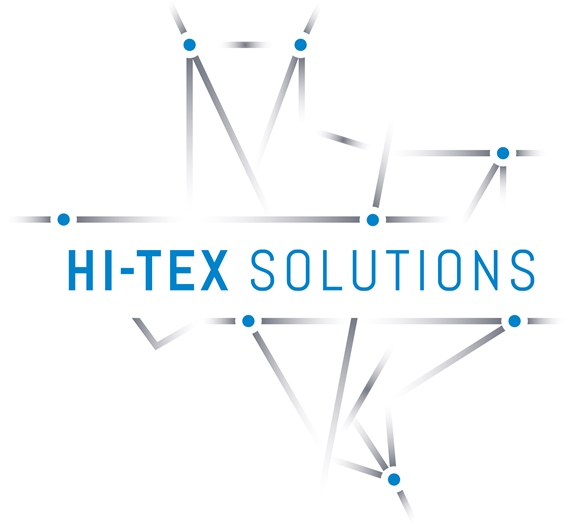Google (and other leading search providers) constantly scan websites to determine their content. When users submit their search queries, the scraped content is used to categorize websites and determine which are most relevant. But Google’s technology is constantly evolving. How can companies keep up with Google’s ever-changing algorithms?
Google’s Changing Algorithms: A History
In online marketing, Google’s algorithms are often referred to as “pre-Panda” and “post-Panda.” This refers to one of the most notable changes in Google’s algorithms. Up until 2011, most websites used “keyword stuffing.” They added keywords as much as possible to their text, and the algorithm assumed that that meant that the website was relevant. The Panda algorithm was one of Google’s steps towards enhancing the credibility and quality of web queries.
Since then, there have been numerous updates to Google’s algorithms. But the “Panda” was the most notably disruptive because it hearkened an era of change for Google. Now, it’s less obvious how to rank highly on Google, because Google has so many intricacies.
Adjusting to Google’s Changing Algorithms
It’s critical for companies to adjust to Google’s algorithms.
Overnight, a site that has been fully SEO-optimized can drop to the second page because of an algorithm change. When this happens, it’s incredibly disruptive, because websites rely upon Google for traffic. Most people aren’t going to even view the second page of Google, or even beyond the top five.
But one way that companies can “future proof” themselves is considering what Google considers a high-quality site. Google prizes:
- Lengthy, valuable content with a lot of information.
- Content that isn’t too repetitive, sales-y, or filled with buzzwords.
- Websites that link out to and are linked from other reputable sites.
The understanding is that Google is always going to change its algorithm to deliver better results to its customers. Therefore, being a “better result” is really the end goal. Google pays attention to whether people “bounce” from websites, and whether they stop at a certain site because they’ve gained the information they needed.
Websites need strong content, videos, audio (for podcasts), and other multimedia additions. Infographics and social media sharing can help build a site’s credibility and link sharing. Technical SEO such as tags, meta data, and keyword saturation is also important, but because they change so frequently, they really require an expert.
Bolstering Content with Adwords
AdWords, and Adwords Express, are both ways to bolster SEO through paid advertising. But that has a price, too: a literal one. Once paid advertising drops off, the website usually drops off, too. But the advantage is to gain traffic, shares, and links before the campaign ends.
For most companies, outsourcing SEO is the answer. Because technical information and algorithms change so frequently, companies need to change, too. Ideally, companies should focus on developing necessary, high-quality content, and leave the rest (the optimization) to experts. Experts can redo the website as needed to ensure that it still meets the required technical metrics.
Want to learn more? Connect with Hi-Tex solutions










